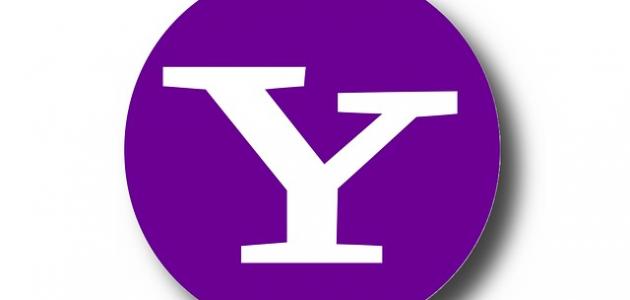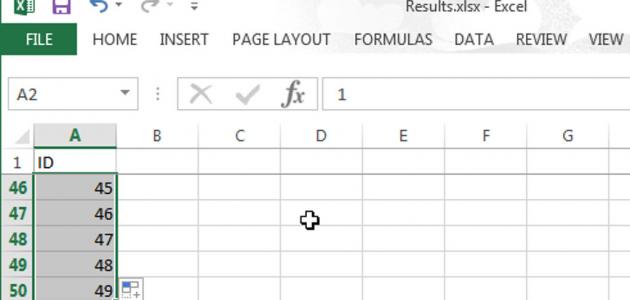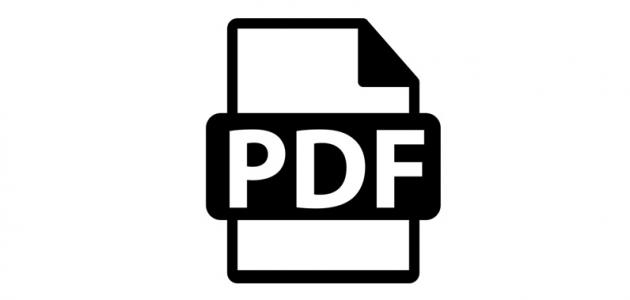Databases
There are several programs available on the computer through which data can be organized and they are called databases, as through them the data is organized in the form of files, each of which contains a set of records, and each record contains many fields that contain information, and databases can be likened to a phone book; It is a file that contains several records that include fields: name, address, and phone number. Databases also perform a number of procedures, including:
- Search for and retrieve records according to certain criteria.
- Update a large number of records.
- Perform complex arithmetic operations.
- linking different records by cross-referencing, where a text, image, or movie can be linked to other content; This is to organize a large number of disparate information.
database elements
The database elements are:
- Scheme: The data in a schema is organized into one or more tables, and a database may contain several schemas.
- schedule: Data is stored in tables composed of columns, ranging from two columns to a hundred columns or more, depending on the type of data stored.
- Column: The data type in each column is different, it can be dates, numeric values, integers, or alphanumeric values.
- the line: The data is recorded inside the rows in the table, so the database may contain hundreds or thousands of rows in the table.
Database types
Several types of databases have been developed, namely:
Read also:How do I open blocked sites- Flat databases: Consists of records containing entities with simple lists; such as personal computer databases.
- Hierarchical databases: The data is organized hierarchically in which records are subdivided into several smaller categories, and records are linked to each other by individual links at different levels.
- Web databases: A group of records is linked to another group in the networked database by multiple links, or pointers; It is used in corporate and e-commerce databases.
- relational databases: The data is organized in one row and is called the relationship, which may be linked to each other mathematically by giving the required information. The relational database also uses the Structured Query Language (SQL).
- Object-oriented databases: It is considered one of the most flexible databases. They store and process complex data and organize them into hierarchical categories, such as number-oriented databases containing statistics, tables, and raw financial, scientific, and technical data.
The content of the databases differs according to the data stored in them, as they are used to view various topics, including: law, medicine, engineering, news, and commercial events, in addition to games, advertisements, and educational courses. Databases are divided according to their uses as follows:
- Small databases: Used by individuals in homes, such as personal computer systems.
- Commercial databases: Used by airlines, production management, hospital medical records, and insurance company records.
- Big databases: It includes texts of materials, summaries, and reports, such as databases in universities, and legal legislation. It also includes wire services, newspapers, magazines, and catalogs.
- Reference databases: These databases serve as a guide to the location of information in books, magazines, etc., because they contain references and indexes.
Database languages
Databases use several programming languages to read, update, process and store data, including:
Read also:Delete YouTube account- Data Definition Language: Several statements are used to create a database or tables, and to rename or remove the database, they are:
- Create (in English: CREATE).
- Change (in English: ALTER).
- Delete or cancel (in English: DROP).
- Rename (in English: RENAME).
- Data Manipulation Language: This language handles data; Such as inserting data, updating tables, and restoring the record using several statements, namely:
- Select (in English: SELECT).
- Insert (in English: INSERT).
- UPDATE.
- Delete (in English: DELETE).
- Data Control Language: Phrases used to grant the privilege to access databases, or to revoke this privilege, are:
- Grants.
- REVOKE.
- Transaction Control Language: This language controls transactions using several statements, which are:
- COMMIT: Save work.
- Select a point (in English: SAVEPOINT): Select a specific point to undo or cancel it later.
- Rollback: Restore information from the last action.
Database management system
Data is clarified in databases using the Database Management System (DBMS), which consists of a set of programs that use fourth-generation programming languages. SQL language, and these programs: MySQL, SQL Server, Oracle, dBASE, and FoxPro. This system processes, retrieves, manages, and formats the data, defines field names, record structure, and file structure, as well as validates the data.
Read also:How to download photoshop








